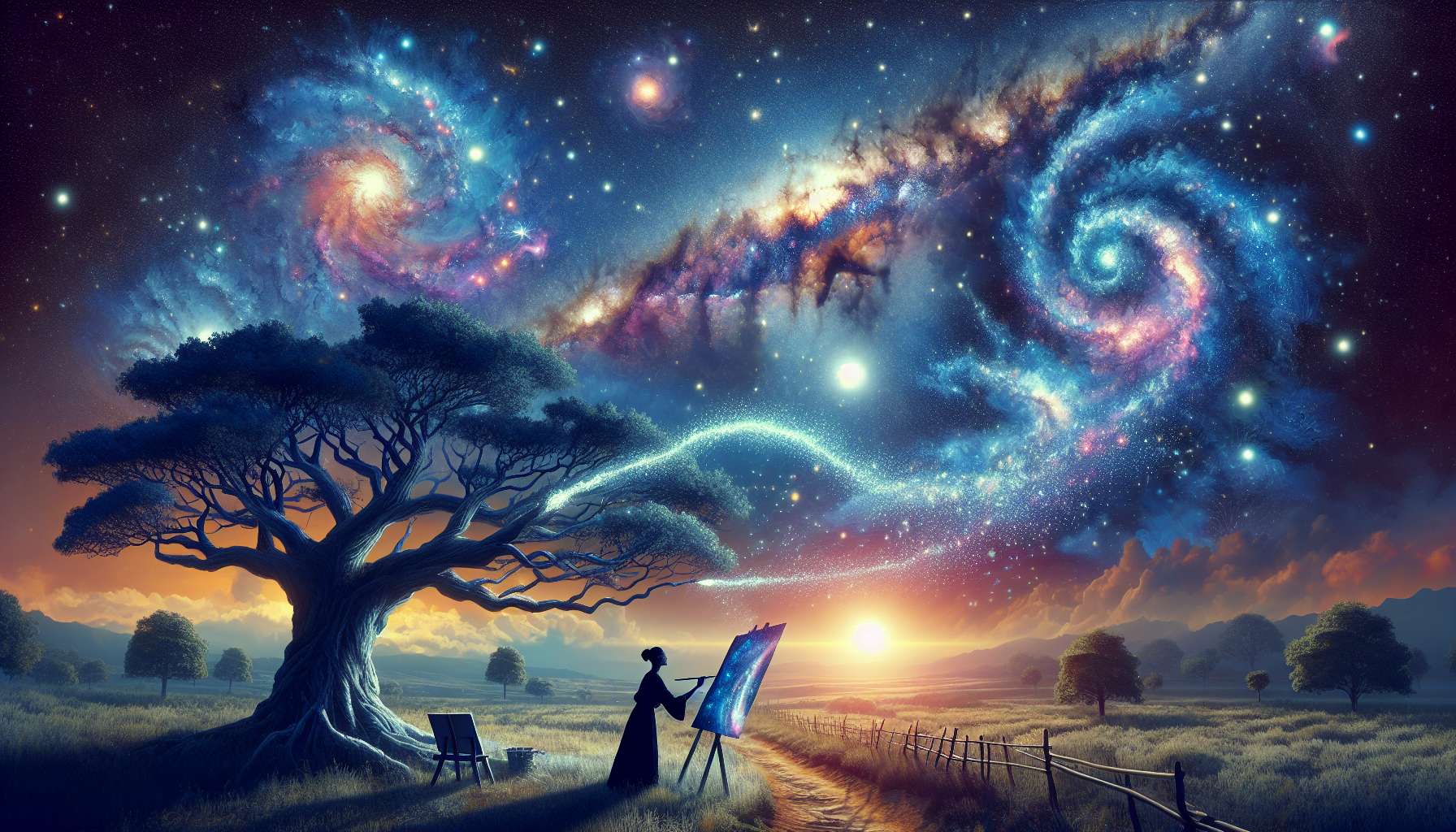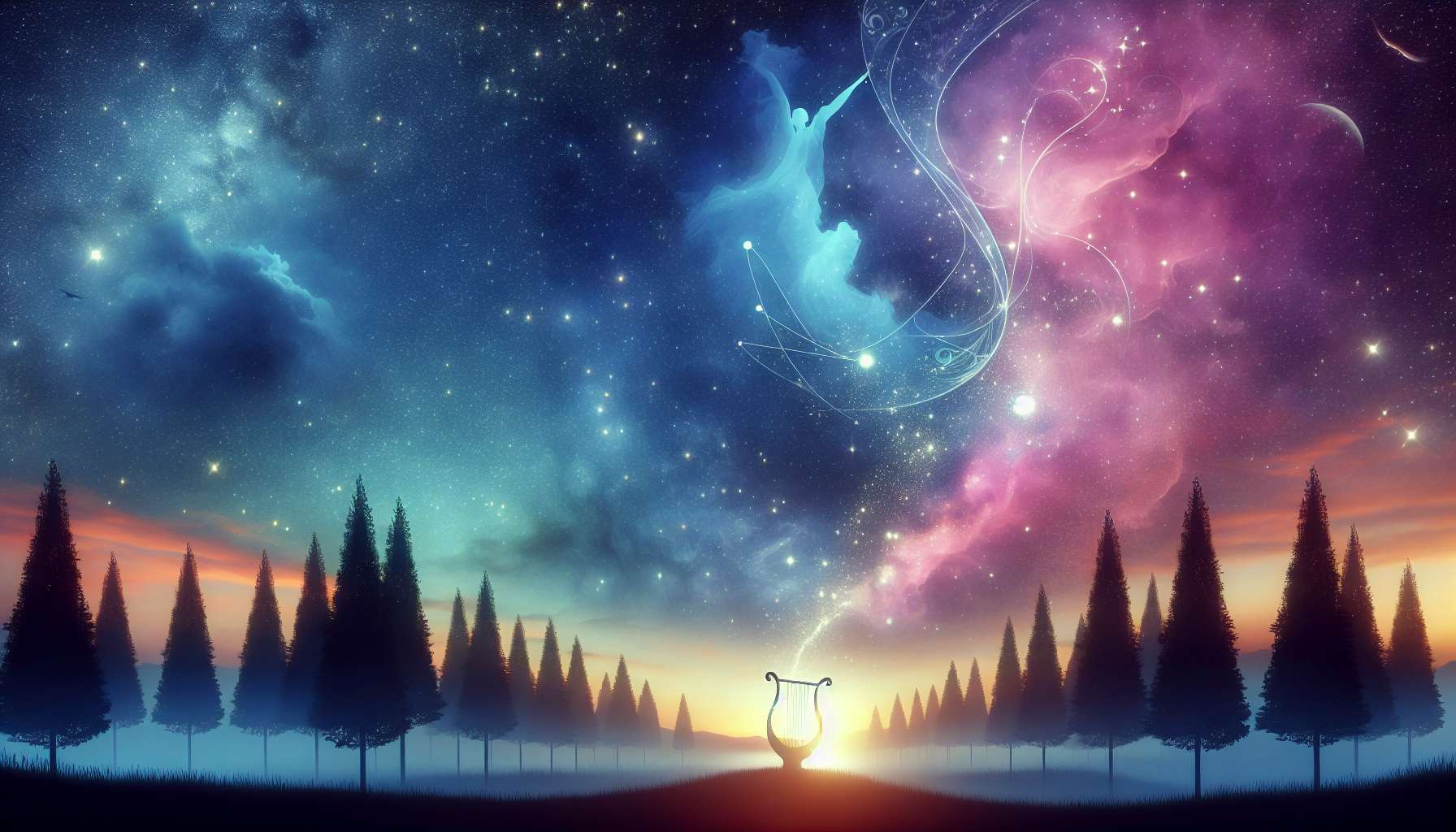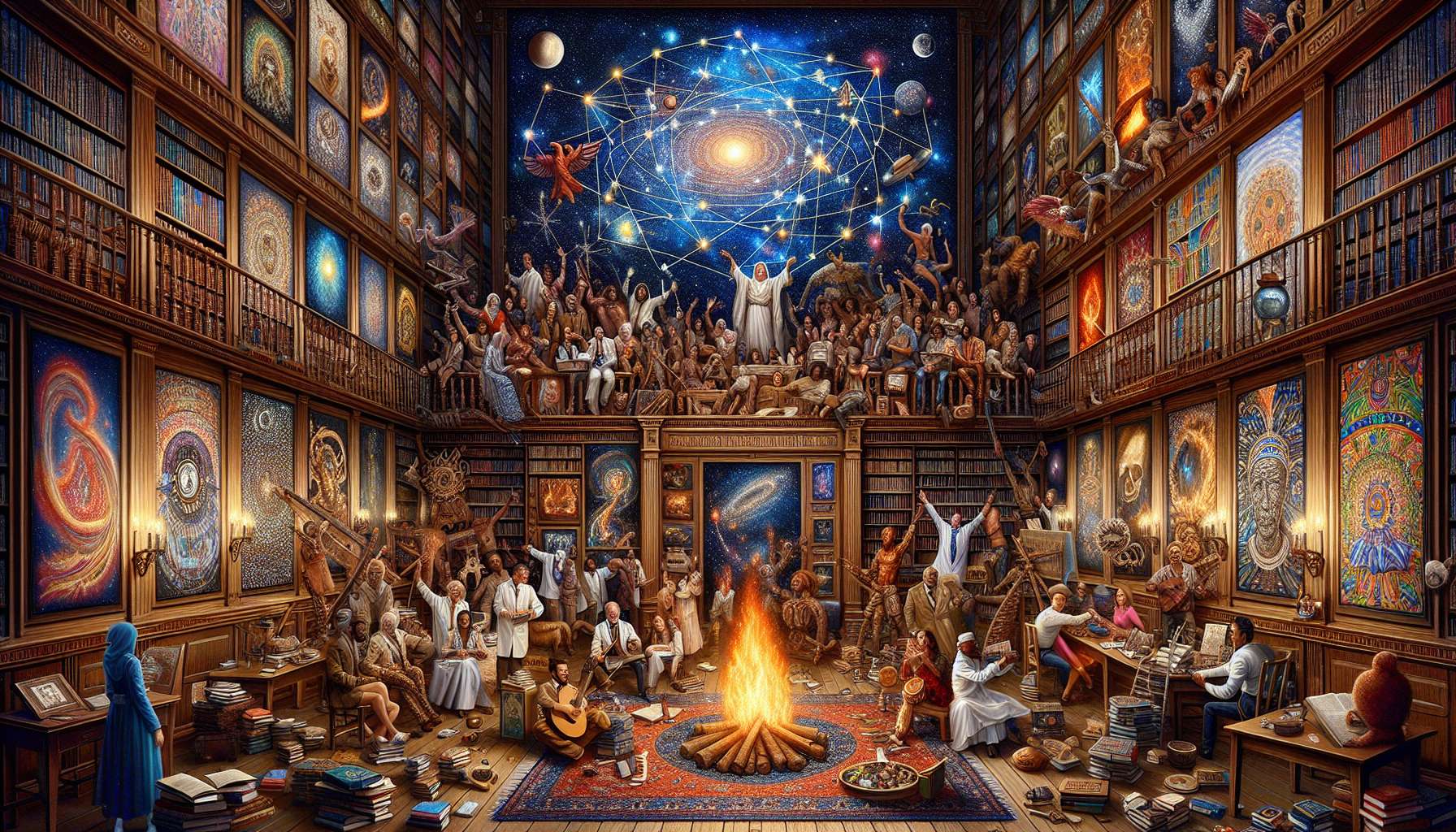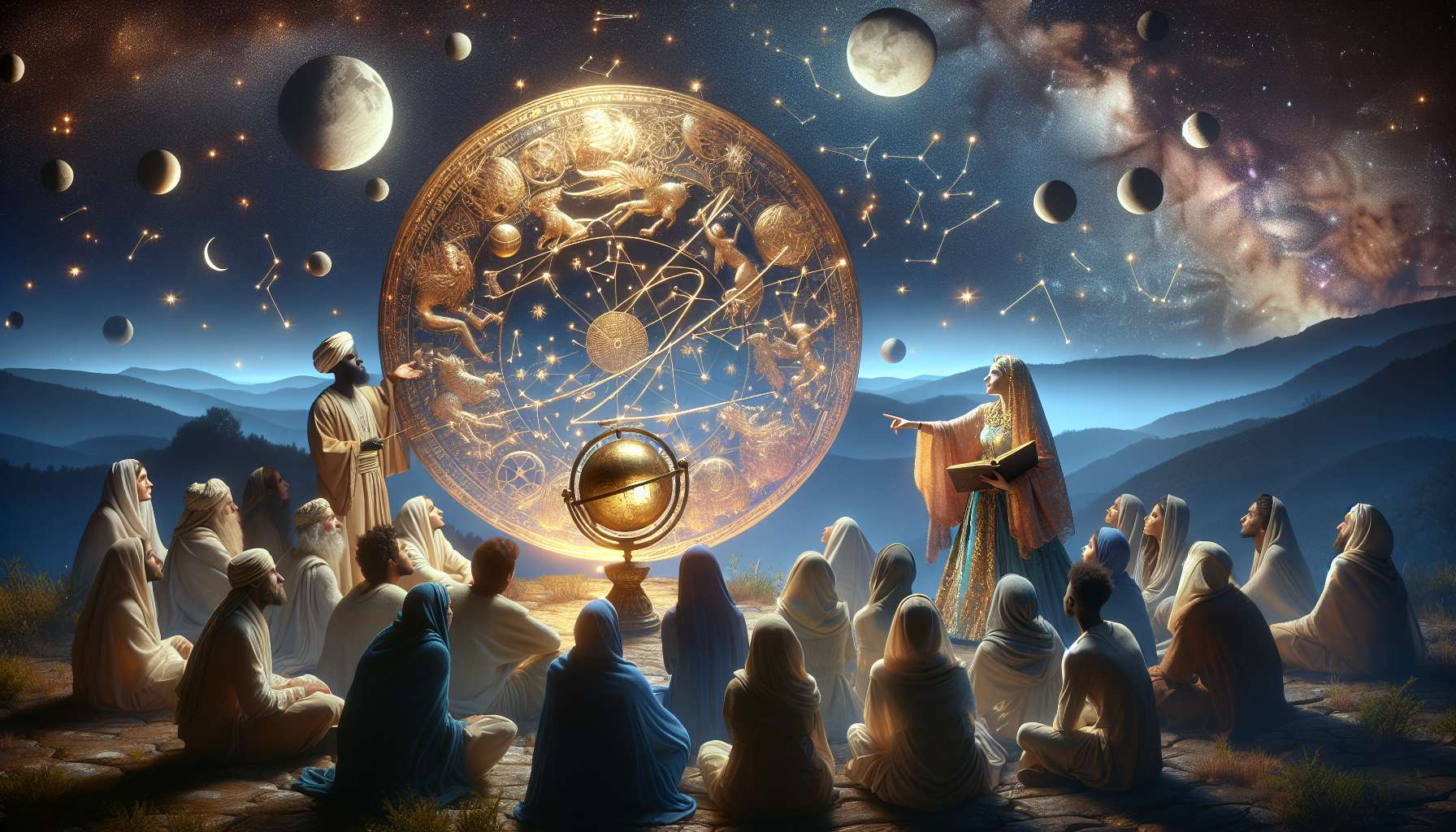Unveiling the Mysteries of Stargazing Artistry
Have you ever gazed up at the night sky, mesmerized by the twinkling stars above? The art of stargazing has captivated humans for centuries, inspiring awe, wonder, and a deep sense of connection to the universe. But what if we told you that there is an entire world of stargazing artistry waiting to be explored? In this comprehensive guide, we will delve into the intricate and fascinating realm of stargazing artistry, uncovering its history, significance, and modern-day applications. Join us on this celestial journey as we unravel the mysteries of the cosmos and discover the beauty of stargazing through an artistic lens.
The History of Stargazing Artistry
Stargazing has been a fundamental part of human culture since ancient times. Civilizations across the globe looked to the stars for guidance, inspiration, and spiritual meaning. The art of stargazing was not just about observing the heavens but also about interpreting the patterns and movements of celestial bodies. In many cultures, astronomers and astrologers played a crucial role in society, using their knowledge of the stars to predict events, guide decision-making, and explore the mysteries of the cosmos.
One of the earliest examples of stargazing artistry can be found in the ancient Egyptian civilization. The Egyptians built sophisticated observatories and developed intricate calendars based on the movements of the stars. They believed that the stars held the key to understanding the cycles of life and death, and their art and architecture often incorporated celestial motifs and symbols.
Similarly, the ancient Greeks were renowned for their contributions to astronomy and mathematics. Figures like Ptolemy and Aristotle laid the groundwork for modern astronomy, developing theories and observations that shaped our understanding of the universe. The Greeks saw the stars as divine beings, each with its own story and significance. This celestial mythology inspired countless works of art, literature, and philosophy, celebrating the beauty and mystery of the night sky.

The Artistic Interpretation of the Cosmos
Stargazing artistry is not just about observing the stars but also about interpreting their beauty and symbolism through creative expression. Artists throughout history have been inspired by the night sky, using its vastness and luminosity as a source of inspiration for their work. From ancient cave paintings to modern-day installations, the stars have served as a muse for countless masterpieces.
One of the most famous examples of stargazing artistry is Vincent van Gogh’s “Starry Night.” Painted in 1889, this iconic work captures the swirling night sky above the village of Saint-Rmy-de-Provence, where van Gogh was staying at the time. The painting’s vivid colors and dynamic brushstrokes evoke the energy and movement of the stars, creating a sense of wonder and awe in the viewer.
Contemporary artists continue to draw inspiration from the cosmos, exploring themes of space, time, and the infinite in their work. From galactic landscapes to celestial portraits, stargazing artistry encompasses a wide range of styles and techniques, reflecting the diversity and complexity of the universe. Artists like Olafur Eliasson, Yayoi Kusama, and Ai Weiwei have created immersive installations that invite viewers to contemplate their place in the cosmos and experience the wonder of the night sky.

The Intersection of Science and Art
Stargazing artistry is not just a creative pursuit but also a scientific one. The study of the stars and galaxies has long been a source of inspiration for astronomers, physicists, and mathematicians, who seek to unravel the mysteries of the cosmos through observation and analysis. In recent years, advances in technology have allowed scientists to explore the universe in unprecedented detail, revealing new insights into the nature of space and time.
One of the most exciting developments in stargazing artistry is the use of data visualization to represent astronomical phenomena. Scientists and artists collaborate to create stunning visualizations of black holes, supernovae, and other celestial events, bringing the beauty and complexity of the universe to life in vibrant colors and intricate patterns. These visualizations not only serve as tools for scientific research but also as works of art that inspire wonder and curiosity in viewers.
Another example of the intersection of science and art in stargazing is astrophotography. Amateur astronomers around the world capture breathtaking images of the night sky using specialized cameras and telescopes, showcasing the beauty and diversity of the cosmos in stunning detail. These images not only provide valuable data for scientific research but also serve as works of art that celebrate the majesty of the universe.

The Spiritual Dimensions of Stargazing
For many cultures and belief systems, stargazing is not just a scientific or artistic pursuit but also a spiritual one. The stars have long been associated with divinity, enlightenment, and transcendence, serving as symbols of hope, guidance, and connection to the cosmos. Practices like astrology, astronomy, and meditation often incorporate stargazing as a means of tapping into higher states of consciousness and understanding the mysteries of the universe.
In ancient civilizations like the Mayans and the Incas, stargazing was a sacred practice that played a central role in religious rituals and ceremonies. The movements of the stars and planets were believed to influence human destiny, and astronomers were revered as spiritual leaders who could interpret the will of the gods through their observations. The alignment of celestial bodies was seen as a sign of cosmic harmony and balance, reflecting the interconnectedness of all living beings.
Today, many people turn to stargazing as a form of spiritual practice, seeking solace, inspiration, and meaning in the vastness of the night sky. From guided meditations under the stars to celestial ceremonies and rituals, stargazing artistry offers a unique opportunity to connect with the universe on a deeper level and explore the mysteries of existence.

The Future of Stargazing Artistry
As we look to the future, the possibilities for stargazing artistry are endless. Advances in technology, science, and art continue to expand our understanding of the cosmos and inspire new forms of creative expression. From virtual reality experiences that simulate space travel to interactive installations that engage viewers in celestial exploration, the future of stargazing artistry promises to be as vast and wondrous as the universe itself.
One exciting development in the field of stargazing artistry is the use of artificial intelligence to analyze and interpret astronomical data. AI algorithms can process vast amounts of information from telescopes and satellites, helping scientists uncover hidden patterns and relationships in the cosmos. This collaboration between humans and machines opens up new possibilities for artistic exploration and scientific discovery, blurring the lines between art and science in fascinating ways.
Another trend in stargazing artistry is the growing interest in space tourism and exploration. Companies like SpaceX, Blue Origin, and Virgin Galactic are pioneering new technologies that will allow civilians to travel to the stars and experience the wonders of space firsthand. As more people venture beyond Earth’s atmosphere, the demand for art and creativity in space travel is expected to grow, leading to innovative collaborations between artists, scientists, and astronauts.

Expert Opinions
We reached out to Dr. Sarah Johnson, an astrophysicist and artist, to get her perspective on the intersection of science and art in stargazing. According to Dr. Johnson, “Stargazing artistry is a powerful tool for engaging the public in the wonders of the universe. By combining scientific data with artistic expression, we can create a deeper appreciation for the beauty and complexity of the cosmos.”
Dr. Johnson also emphasized the importance of collaboration between scientists and artists in advancing our understanding of the universe. “Artists bring a unique perspective to scientific research, helping us see the world in new and innovative ways. By working together, we can inspire a sense of wonder and curiosity that transcends disciplines and boundaries.”
Common Misconceptions
One common misconception about stargazing artistry is that it is only accessible to professional astronomers or artists. In reality, anyone can engage in stargazing and explore the beauty of the night sky through creative expression. Whether you are a beginner or an expert, stargazing artistry offers a wealth of opportunities for learning, discovery, and inspiration.
Another misconception is that stargazing artistry is purely decorative or superficial. While the aesthetic beauty of the stars is undeniable, stargazing artistry also has profound scientific, spiritual, and cultural significance. By delving into the depths of the cosmos, we can uncover new insights into the nature of reality and our place in the universe.
Conclusion
To wrap things up, stargazing artistry is a multifaceted and enriching practice that combines science, art, and spirituality in a unique and compelling way. By exploring the mysteries of the cosmos through a creative lens, we can connect with the universe on a deeper level and uncover the beauty and wonder that lies beyond our everyday perception. Whether you are an amateur astronomer, a seasoned artist, or simply a curious observer, stargazing artistry offers a rich and rewarding experience that will inspire and uplift you for years to come.
So, the next time you find yourself under the stars, take a moment to gaze up at the night sky and marvel at the beauty and complexity of the universe. Who knows what wonders you might discover in the vast expanse of space?




